10 Feb Bhutan Travel Itinerary for Budget Travelers
Of all the places I have been, Bhutan easily makes it to the top 5. It’s beautiful, it’s green, it’s exotic and the air is so clean, it will feel unnatural. But the highlight is its relaxed pace, its connection with the traditional past and its empathy for nature. I don’t want to talk about my Bhutan travel itinerary, which you can find on the internet but also about what to look for there.
First of all, let me tell you it’s a pretty inaccessible country. In order to conserve Bhutan’s environment and culture, a tourist needs to pay a minimum fee towards the government. As of September 2023, it is reduced to $100 per day per person for foreign adults and $50 per day for children. For Indian tourists, this fee is INR 1,200 per person per day.
The good news for foreign tourists is that this fee is down from $200 per day. It still makes Bhutan an expensive place to visit, but I promise you it is like nowhere else. This tourist fee also known as Sustainable development fee goes towards Bhutan’s effort in remaining carbon negative. So don’t worry, your money is in good hands.
Bhutan Travel Itinerary with Tour Packages
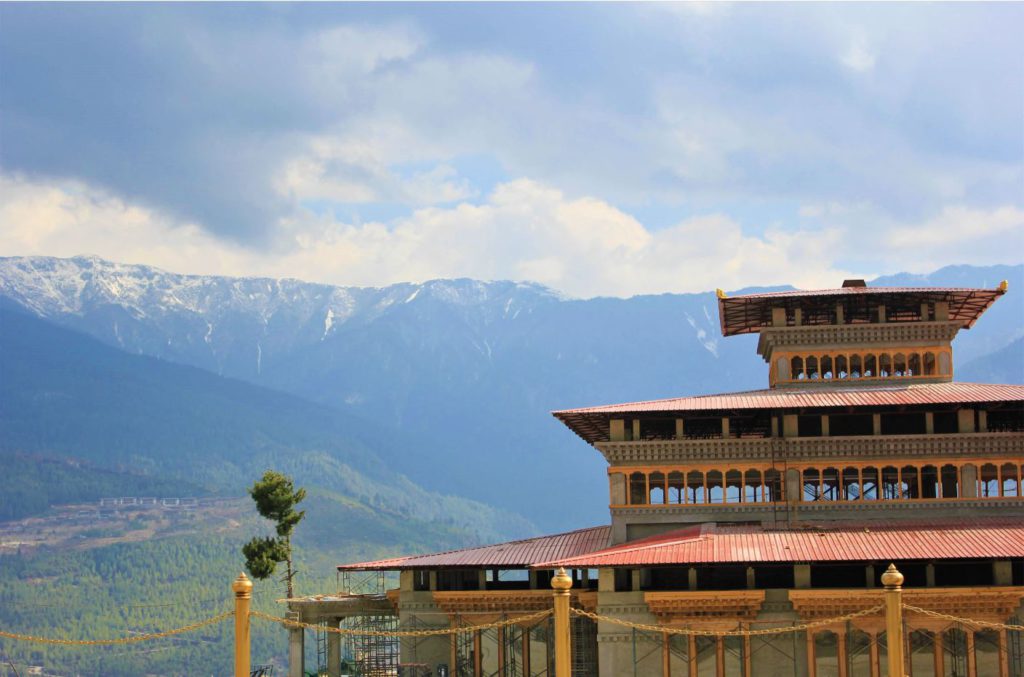
Earlier, most expenses like hotels and transportation were covered in this cost. However, now you will need to budget your travel for meals, transport, guide fees, and entry charges at dzongs (fortress-monasteries) museums and hotels separately. So overall, your costs just went up.
If you are looking for an all-inclusive tour package you can check these out. You can also customize it according to your needs. A tour package is mandatory for all tourists except those from India. However, you can choose to book through personal contacts. These do not include your flight tickets.
5 Day Bhutan tour, 6 day Bhutan tour, 7 day Bhutan tour, 8 day Bhutan tour, 9 day Bhutan tour.
If you want to get in touch with a tour operator and discuss more, you can contact one of the local agencies. Check out littlebhutan.com and bridgetobhutan.com
To enter Bhutan, you can directly fly to Paro. The airport is one of the most scenic airports in the world. it is considered very tricky to land since it is located in the middle of the mountains.
Another option is to enter from India by road, most convenient for Indians. To do so, you can take a flight to Bagdogra and a bus to Jaigaon, which is the border city to Bhutan. I would suggest reaching Jaigaon by 12 pm to get through comfortably.
If you are travelling to Bhutan by Road
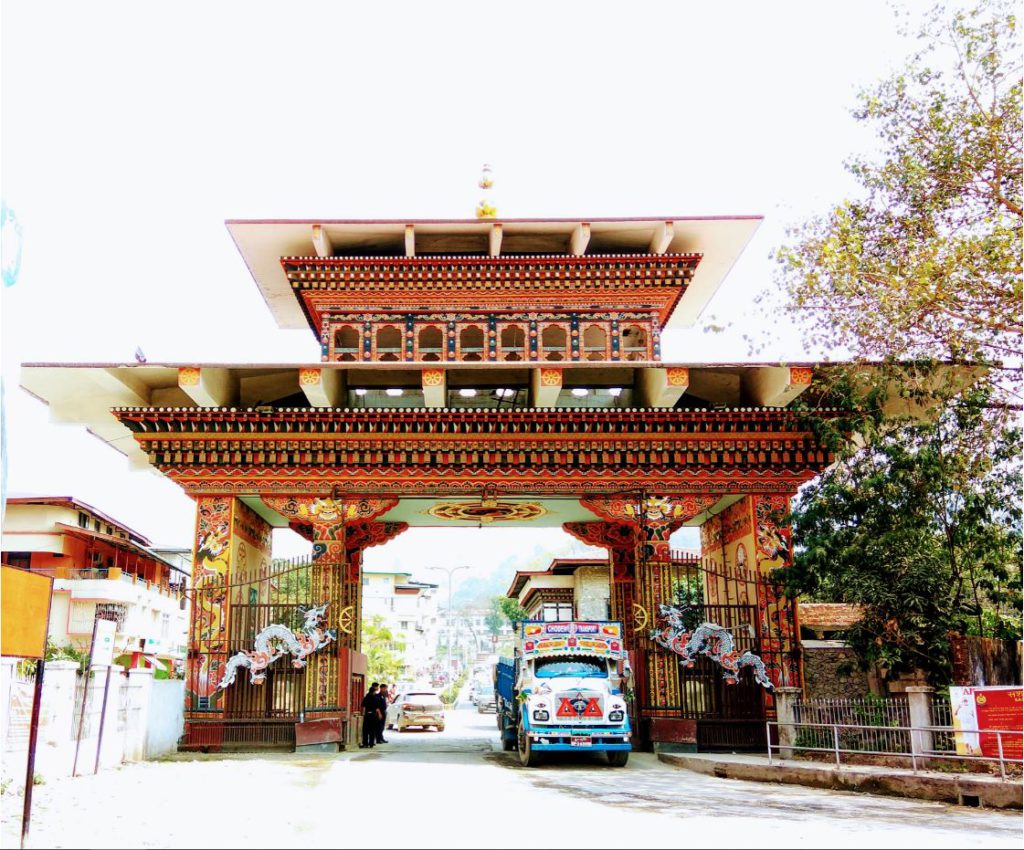
From Jaigaon you can just walk and cross the border to Bhutan to their border city of Phuentsholing. Here you need to get a permit for entering and visiting Bhutan. At Phuentsholing you can get a permit for Thimphu and Paro ONLY. If you are also visiting other parts of the country, you need to get a permit at the Thimphu office.
However, do note that the permit office is closed on Sunday and post IST at 4.30 pm on all days. You will need around 2-3 hours to get your permit to catch the last bus to Thimphu that leaves at 4 pm. If you miss it, you can spend the night at one of the hotels in Phuentsholing. Both the Indian Rupee and Bhutanese Ngultrum are accepted throughout the country.
Try to book a hotel in advance since you will reach Thimphu/Paro late if going by road and most of the town closes completely by 10 pm. The rooms can start from Rs.2000 which has basic amenities. You may want to ask for a room heater if it gets too cold at night.
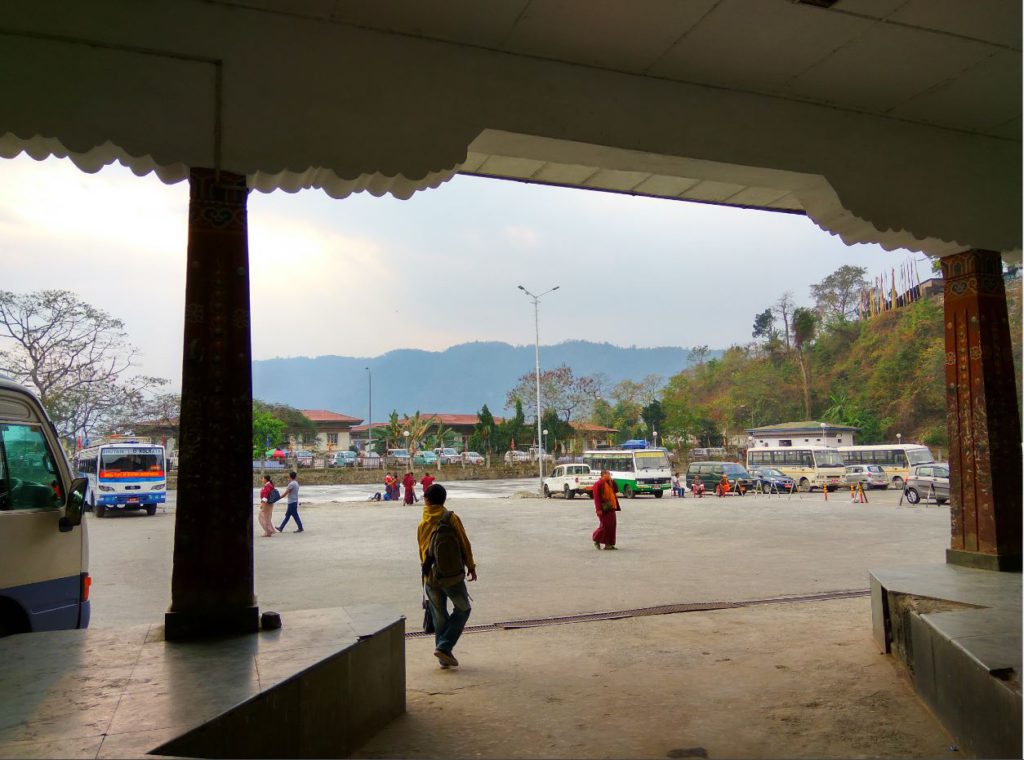
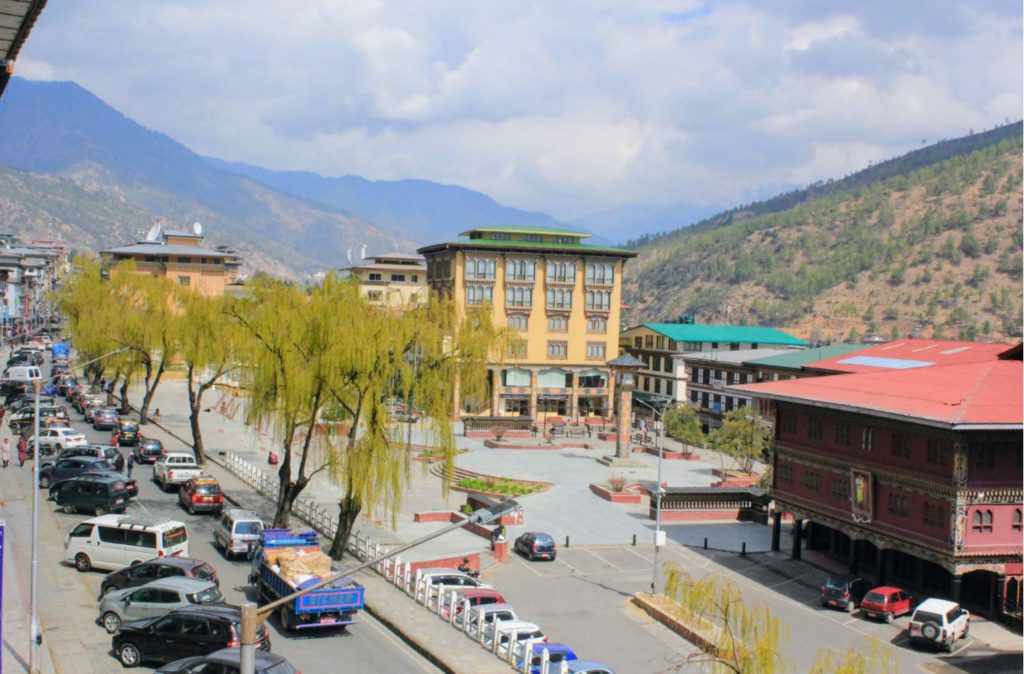
Bhutan Travel Itinerary For 6 Days
Here is my Bhutan Travel itinerary for 6 days by Road:
Phuentsholing -> Thimphu -> Punakha -> Phobjikha Valley -> Paro -> Phuentsholing

Thimphu
The capital city of Bhutan, Thimphu is a lovely town to explore. Most of it is easily accessible by walk. One of the must-see places is Tashi Chhoe Dzong. Dzongs are distinctive types of a fortress which in Bhutan is the center of administrative, military, religious, and social centers of their respective districts. The grandeur and architecture are fabulous.
Right next to it is the King’s palace. In case, you are lucky enough you may spot the king riding a bicycle on his way to a monastery or playing football with the kids.
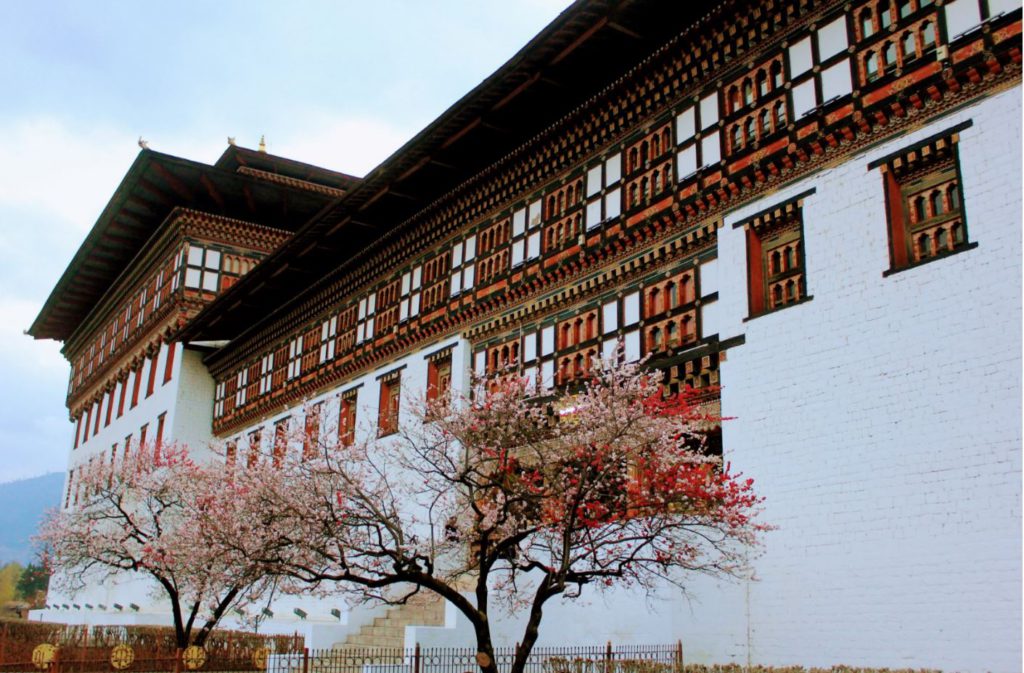
Another popular tourist destination is Buddha Dordenma that is a huge golden Buddha statue located high up the hills and could be seen from most of Thimphu. My most favorite would be the Folk heritage museum which is located near the Dzong. I suggest you visit the museum to finish it by 5 pm and take a seat in their restaurant.
Here, you can feast on traditional Bhutanese buffet paired with Dance and cultural programs in the evening. Considering the above atmosphere, I can say it has been one of the simplest and most exotic meals of my life. Don’t forget to get permits for other parts of Bhutan from the permit office.
If you want to buy some souvenirs, there are a few arts and crafts centers and a popular handicraft market. You can find unique stuff made of yak fur, bamboo, local weaving patterns, horns, and a lot more.
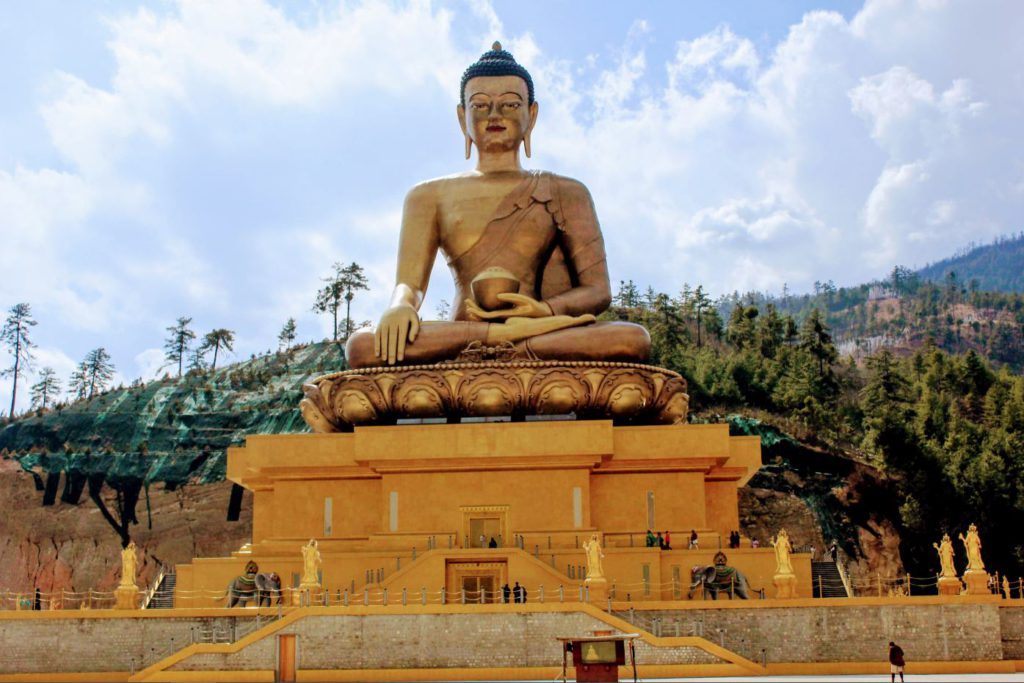
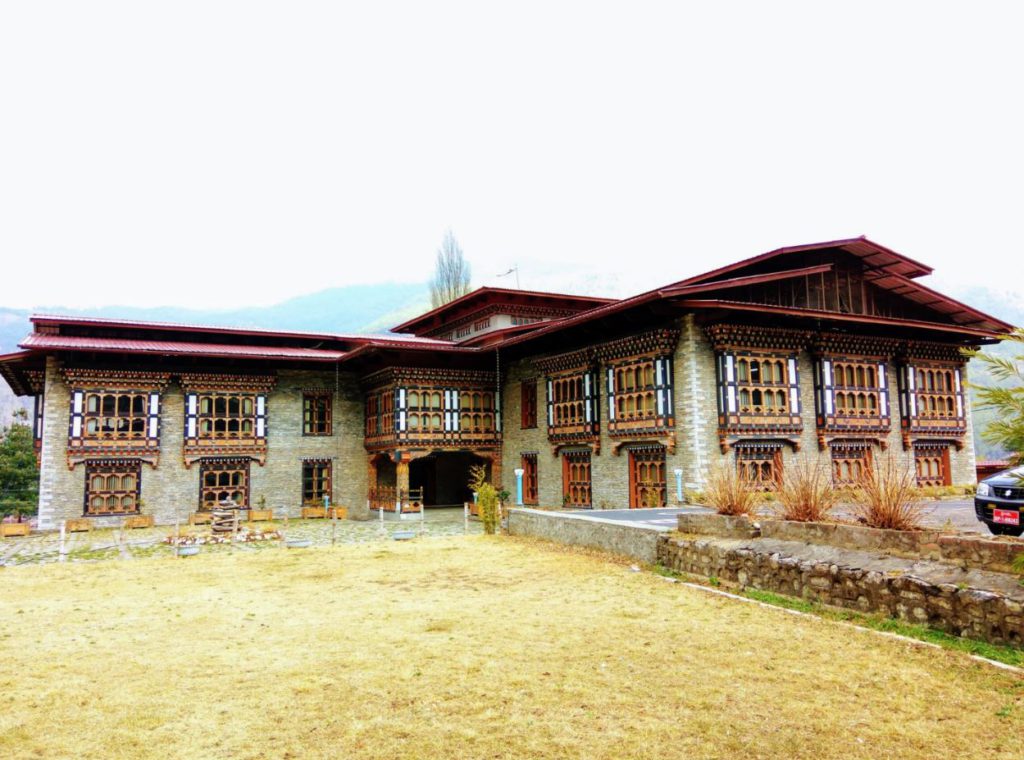
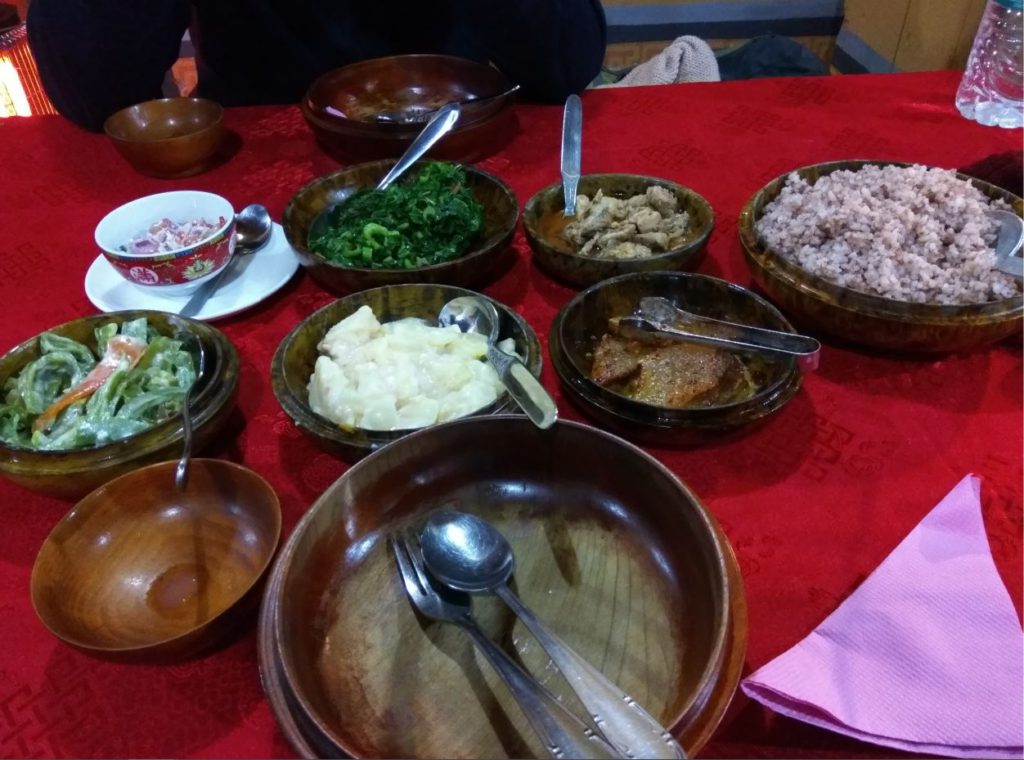
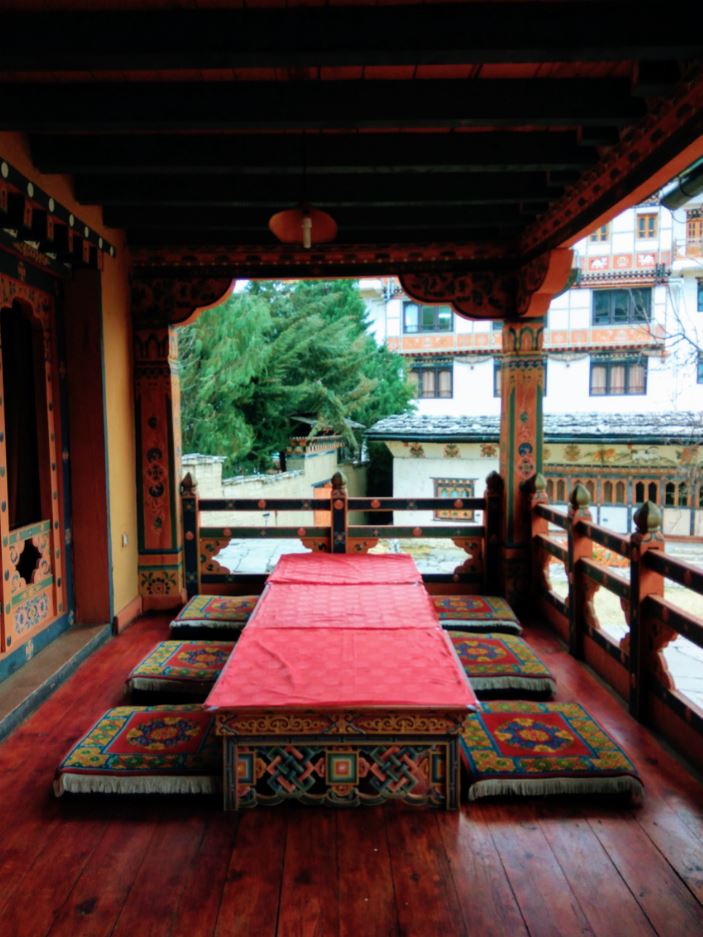
Even though the nightlife, in Thimphu is low-key, it is not entirely absent. Karaoke is very popular in most of the clubs and bars. You can find this is all price range – from fancy to dingy. While Dzongkha is their local language, you will find ample of people talking, and in this case, singing in Hindi and English. Bollywood has found its popularity with dragons as well.
Planning to Travel to Thimphu? Check out or article on best things to do in Thimphu, Bhutan
Punakha
We started for Punakha from Thimphu. It takes about 3 hours to reach Punakha. You can take either a bus or a shared cab to reach this place which is both very affordable. You will also cross Dochula pass which is something you must look at along with the beautiful snow-covered Himalayan peaks around.
Dochula Pass en-route Punakha. Punakha is a small town in the middle of a gorgeous valley. The main attraction of this town is the Punakha Dzong which is considered as one of the most picturesque Dzongs of all located at the confluence of the rivers Pho Chhu and Mo Chhu and is located at 2 km from the village. I would suggest taking a walk for this.
There is also an extremely popular suspension bridge near the dzong, a place frequented by tourists often. Other than that, enjoy the rural life of Punakha in the untouched village.
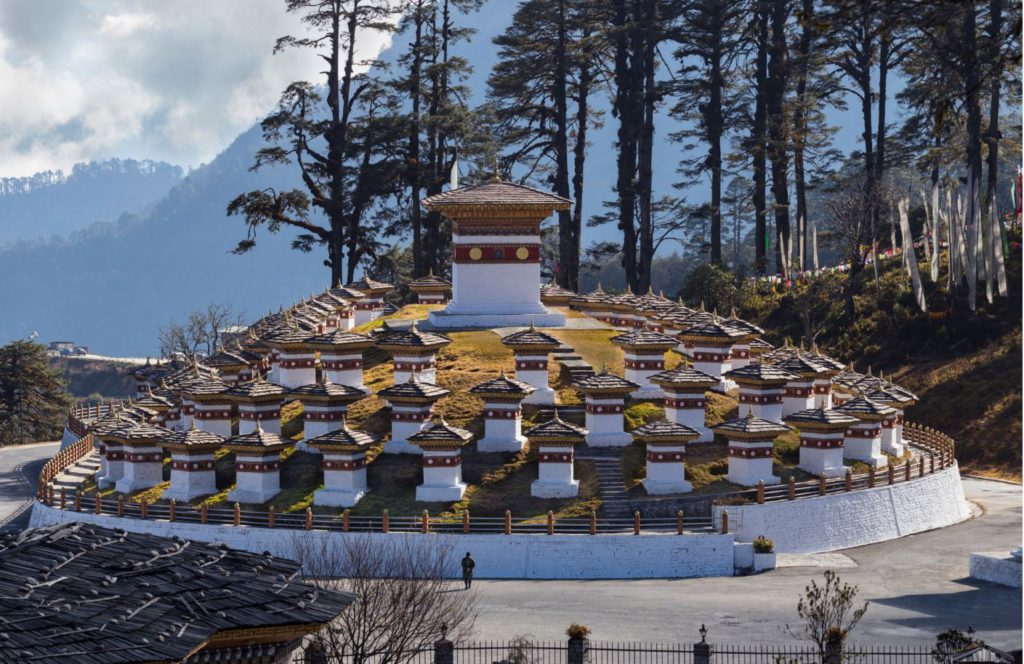
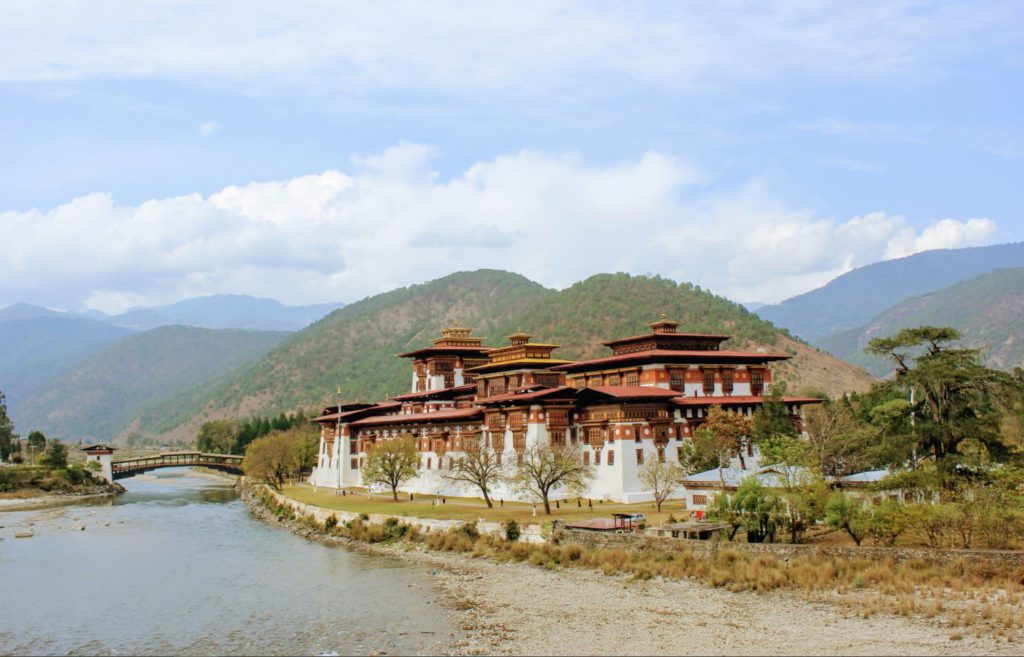
Phobjikha
From Punakha, you can take a day trip to Phobjikha Valley. En route, you will get a view of the range of breathtaking mountain peaks and may able to enjoy freshly fallen snow if you visit before March. Although in case of snowfall the routes also may get blocked to the valley so check with the local taxi guys before you depart.
There isn’t much to do in Phobjikha which is a blessing. You can spend your time relaxing and taking in the view of the glacial valley. It is also frequented by black-necked cranes, in a particular season. The Gangteng Monastery is a must-visit. Do keep an eye for the majestic yaks on your way, they are a sight to see. From Phobjikha, you can take a ride back to Paro, my last destination for the trip.
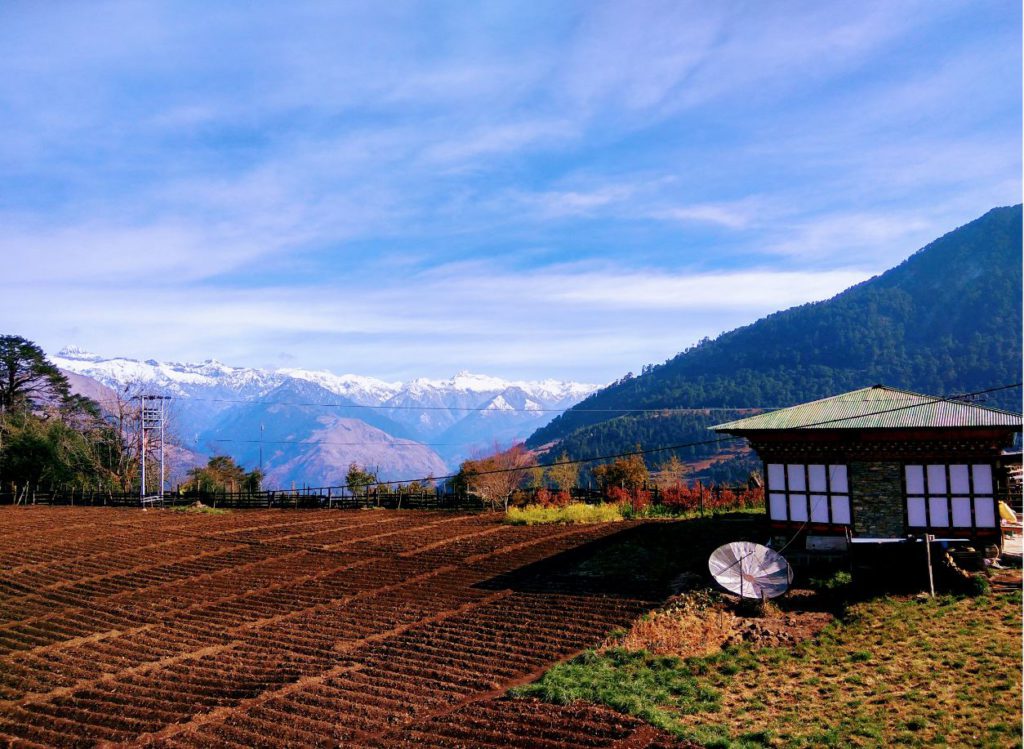
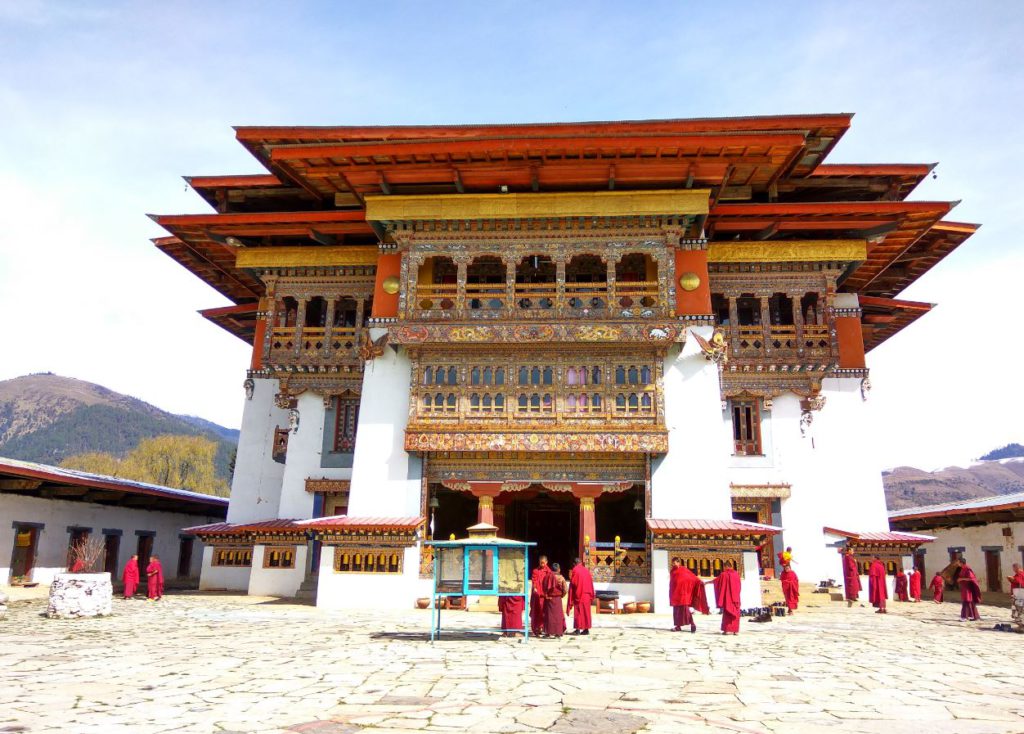
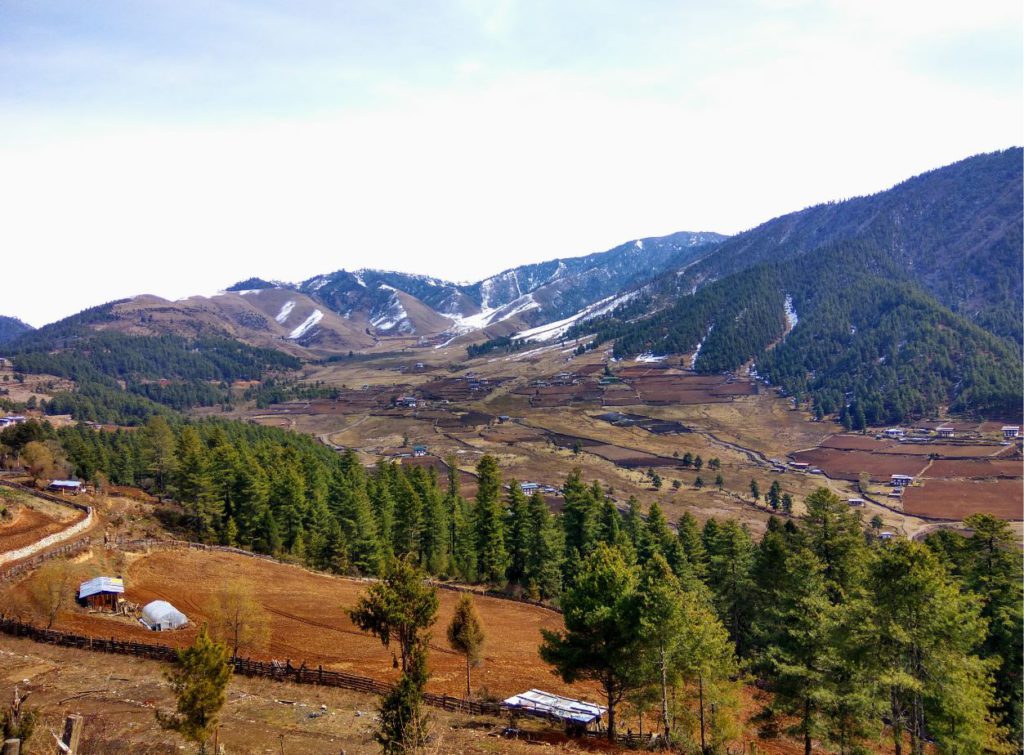
Paro
Paro could be your first or last destination depending if you have taken a flight for Bhutan. The most famous place in Paro is the Tasktsang monastery or tiger’s nest. It is a popular Instagram spot and probably the face of Bhutan.
It’s an enormous structure built on top of the mountains and for several minutes you couldn’t really fathom how. It’s also an architectural genius. It looks quite hard to reach. But I guess it is okay since I could do it, and I am sure anyone can.
The view from the top is breathtaking. Legend says that demons haunted the whole valley at some point in time. In order to aid the people and cleanse the valley, Padmasambhava, the second Buddha flew on a tigress back to the monastery.
He meditated and emerged in 8 different incarnations making the place holy and free of demons. The valley prospered thereafter. Although there are several different versions of the story.
Apart from the Taktsang valley, you must also visit the Rinpung Dzong. The Dzong is lit up beautifully in the night and is a sight to look at. The National Museum of Bhutan is also a great place to spend some time here. From Paro, Haa valley is another destination that is quite popular as is home to the Indian defence base in Bhutan.
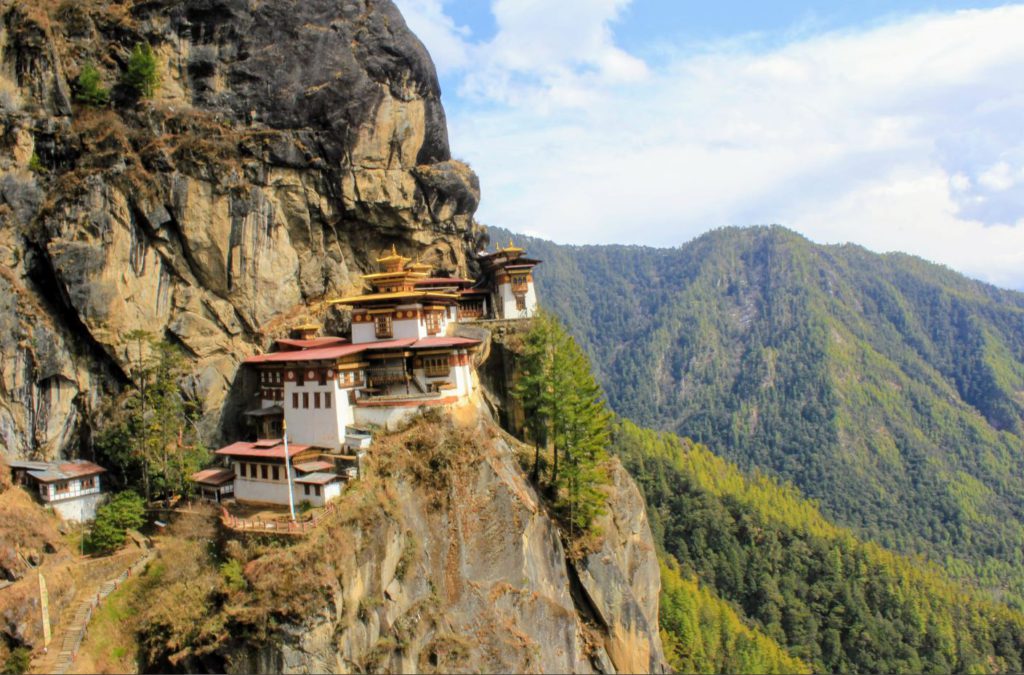
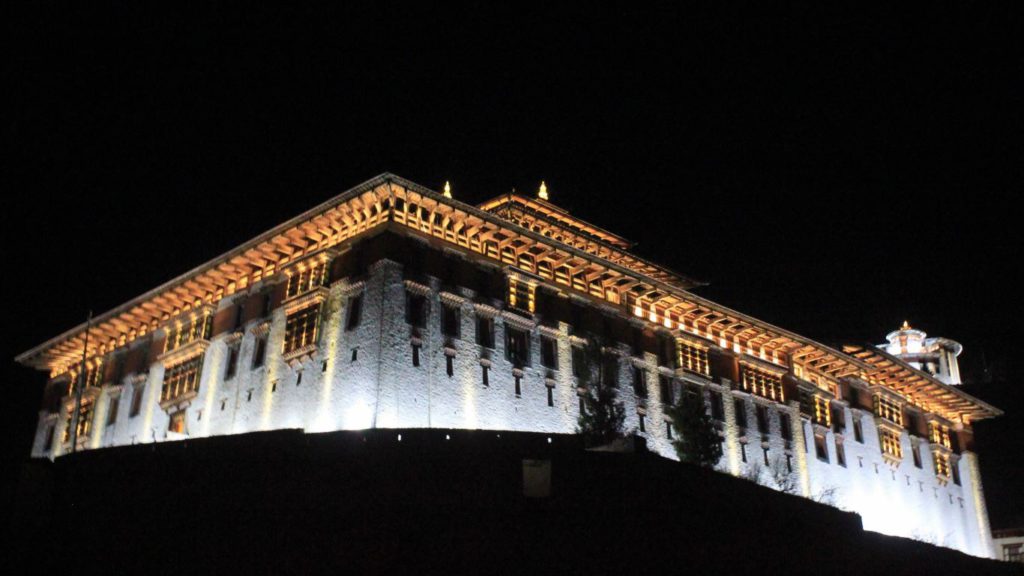
Trekking Options in Bhutan
You can also look at adding a trek in your Bhutan travel itinerary. the snowman trek which takes 25 days to complete and is perhaps the most difficult trek in the world. If you are looking for something similar check these out.
Sagala to Paro trek, Druk Path Trek, Bumthang Owl trek, Dagala Thousand Lake Trek, Jomolhari Trek, Laya Gasa Trek
Food in Bhutan
Bhutan is rich in a traditional variety of food. Ema Dashi is the most famous dish, native to the country and also considered a national dish. Datshi is a curry of goat or yak cheese mixed with different ingredients. Ema Datshi is boiled green chillies in curry with little salt and butter. Its had brown rice mostly. Additionally, Kewa Datshi and Shamu Datshi are Potatoes and Mushrooms in curry respectively.
Shakama paa and Paksha Paa are stir-fried dried beef and pork with whole red dried chillies, radish, and other mountain vegetables. If you are really hungry and would like to have something safe to eat without much experimentation you can opt for Koka which are simple noodles in cheesy curry. It’s generally good and very filling. Another beverage to try is butter tea. It’s a delicacy after a meal and helps in digestion.
Interesting Facts about Bhutan
1. Like many other South Asian countries, Bhutan worships the phallus which is an esoteric symbol, understood by few and originates from the monastery at Punakha. You will find it painted on the walls of traditional houses, 3D figures on top of the house door at the entrance, and drive away evil.
They are also very popular with souvenirs, however, most tourists shy away from the urban display of this and are still mostly restricted to temples, monasteries, and rural and traditional houses.
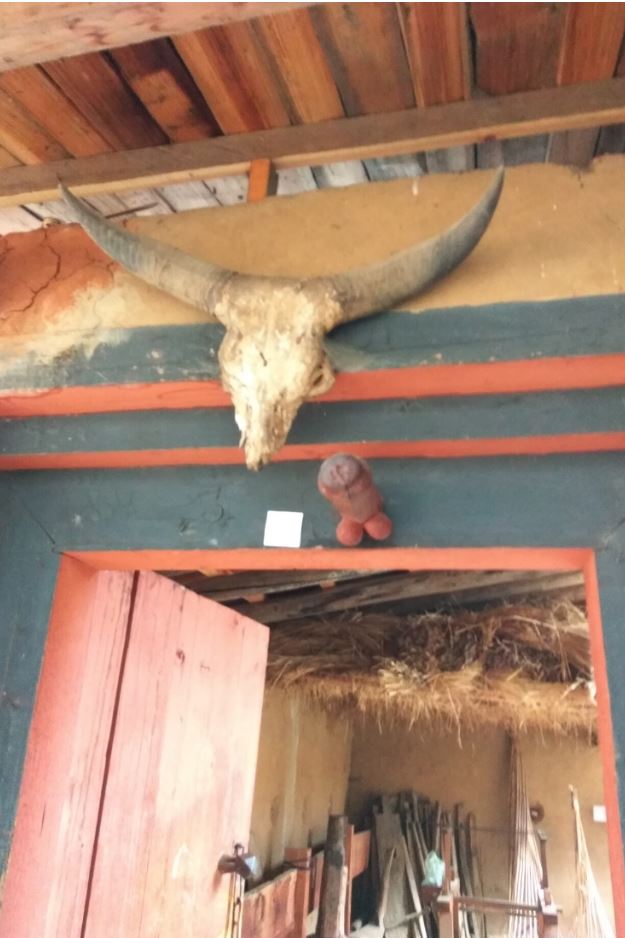
2. Polyandry, the practice of having multiple husbands to one wife was quite common in Bhutan. Quite opposite to polygamy. Its mostly practised in the highlands by nomadic women where husbands are usually brothers
3. It’s majorly a matriarchal society which means that women head the family and take all major decisions. The husband must marry to come to settle in his wife’s house and the inheritance goes down to women’s heirs
4. The National sport of Bhutan is Archery and almost all villages and towns in Bhutan enjoy and celebrate it. Although, Football and cricket have now become popular over time with the introduction of television in the common household.
5. The government of Bhutan measures the development of the country in National Gross Happiness and Not by GDP as done in other countries
6. Another popular fact is that it is the only carbon-negative country in the world. The people of Bhutan adore their king. To honor the birth of the heir they planted 108,000 trees for a better future. Bhutan gives exceptional importance to sustainable and eco-friendly travel over money.
Also check out our article on Sustainable Travel: 13 Best practices you must know
7. It’s mandatory to wear the national dress of Bhutan as a uniform in all schools and government offices. In this case, It’s Gho for Men and Kira for women.
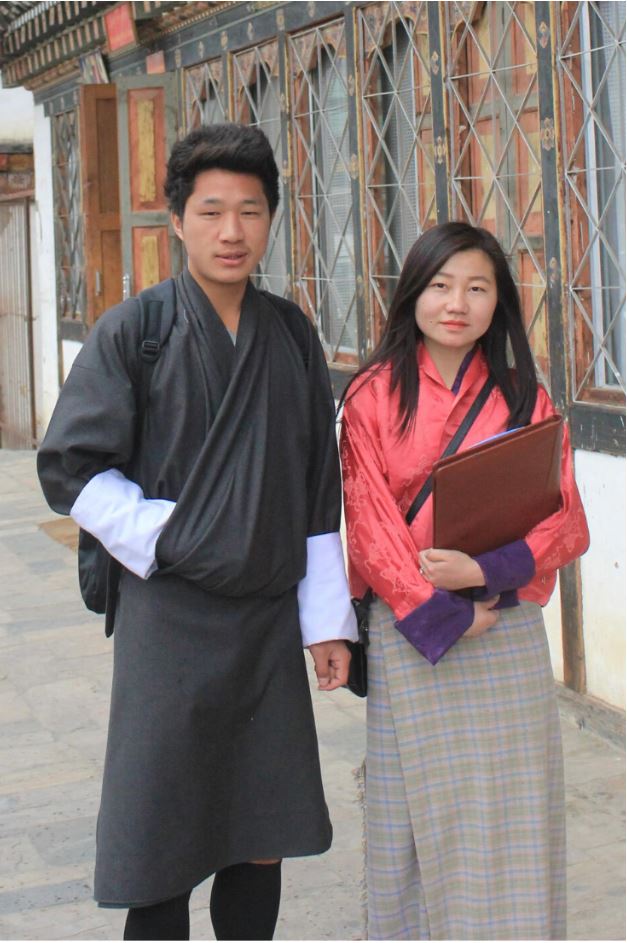
8. There are no traffic lights in Bhutan. For the most populous of areas, traffic policemen help guide the traffic till date
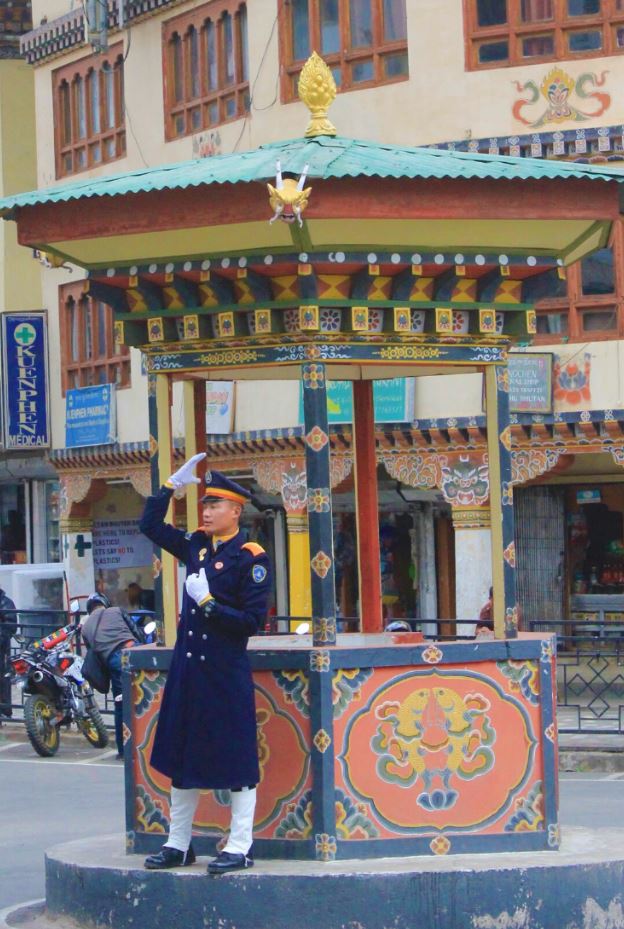
Here, now that concludes our Bhutan travel itinerary. If you plan to visit Bhutan, do it at the earliest. The country is still raw in its beauty and untouched by major urbanization. The people are warm and welcoming, where living a happy life precedes and dominates any other aspect of life. Looks like the world will soon be following in their footsteps as well.
Save to Pinterest






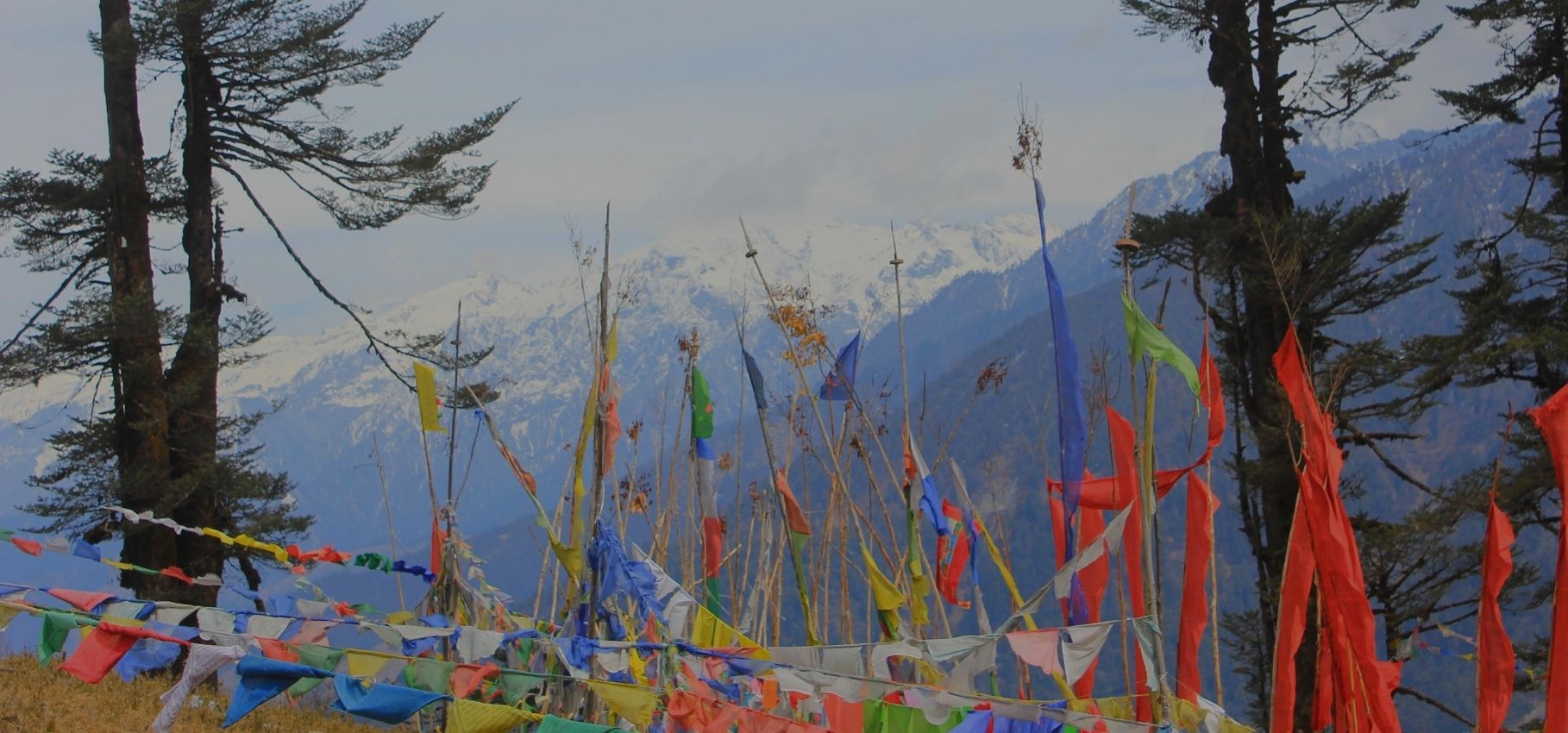
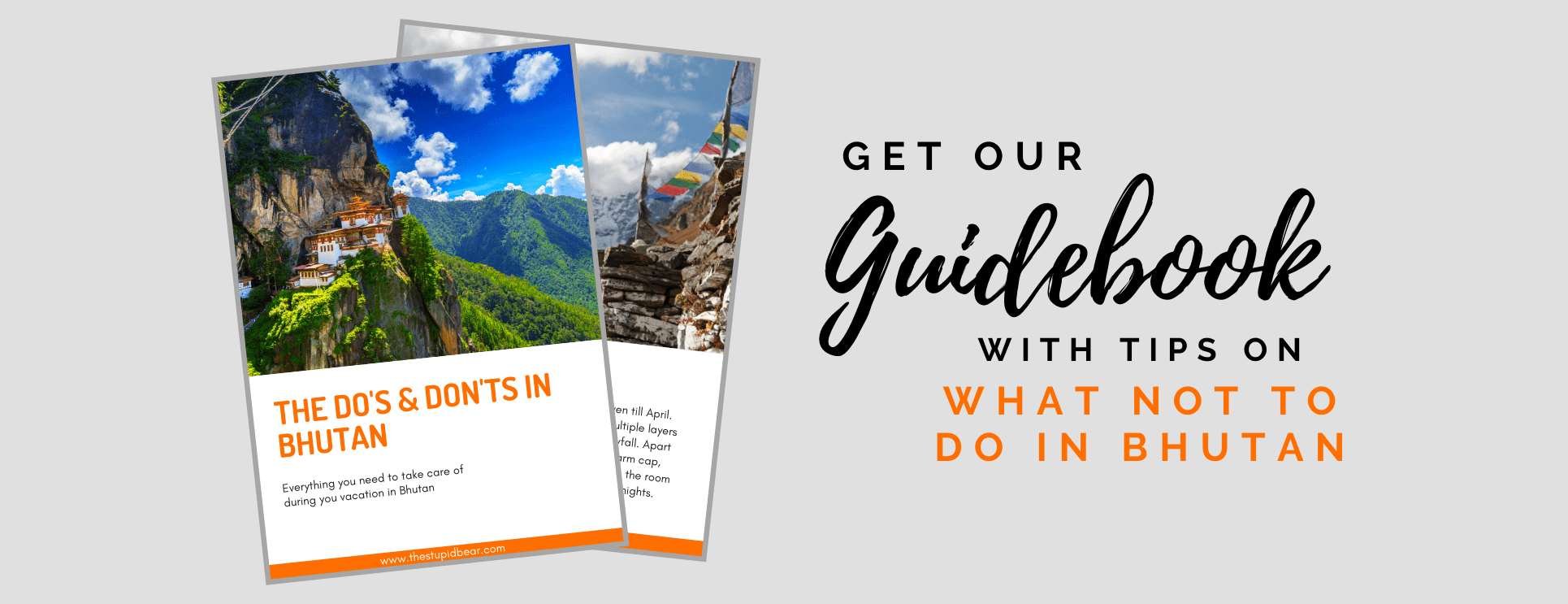
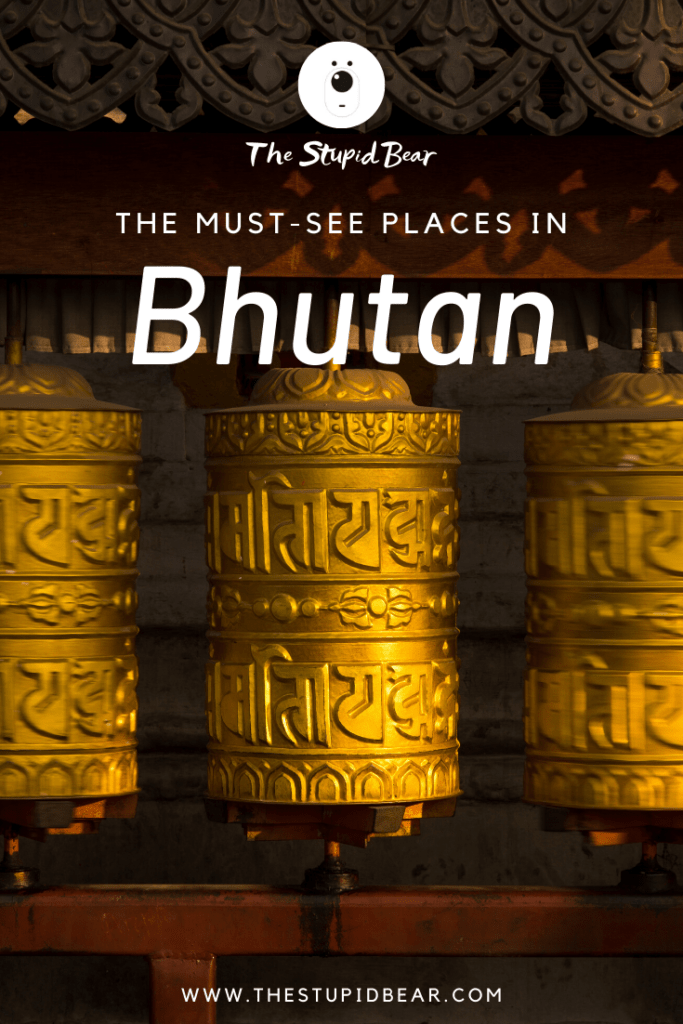
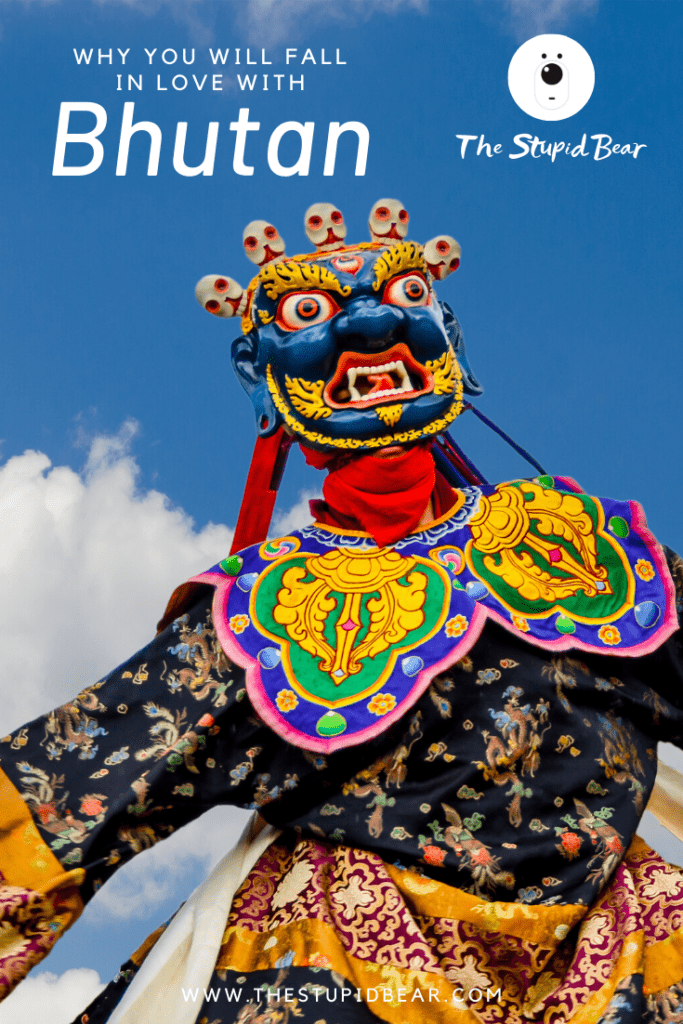
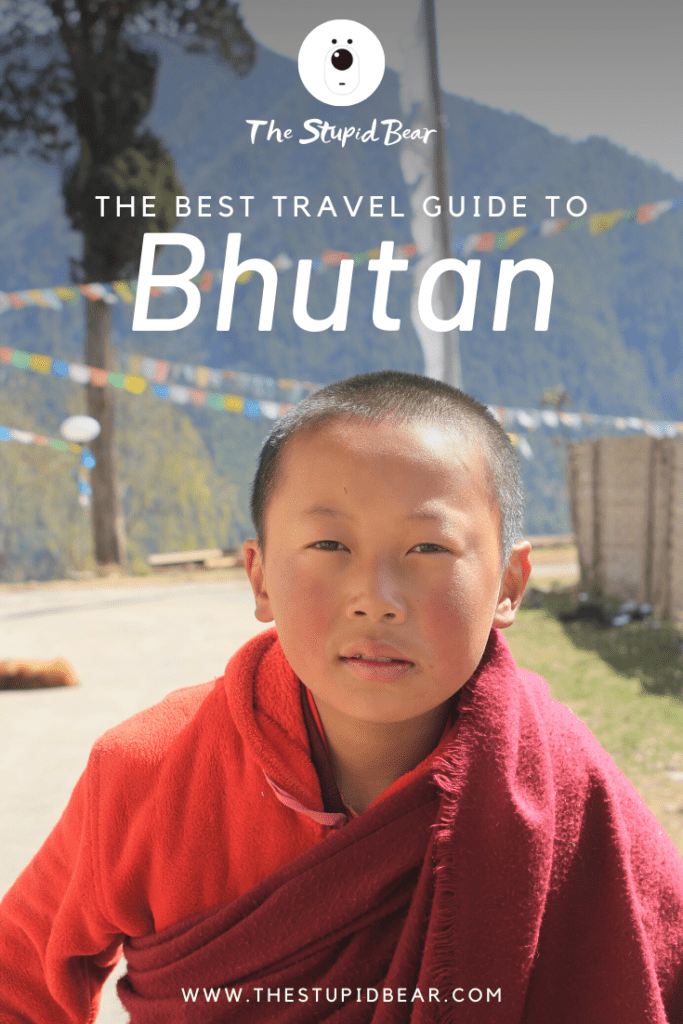
Anonymous
Posted at 17:28h, 15 FebruaryThank you for this post. I am planning to visit Bhutan in April and this is exactly what I was looking for. Could you please tell me how many nights did you stay at each of these places, so I can plan my trip accordingly. Thanks a bunch
Anonymous
Posted at 17:31h, 15 FebruaryThank you for this post, exactly what I was looking for. As I am planning a trip in April, it’ll be really helpful if you can tell me how many nights did you spend at the places listed. Thanks
admin
Posted at 13:24h, 16 FebruaryHi, I spent around 5 days in Bhutan. I feel that you can easily do 7. In my opinion, this is the best breakup of the itinerary:
Thimphu – 2 days
Phunakha – 1-2 days
Phobjkha – 1 day (day trip)
Paro – 2 days
Haa Valley (optional) – 1 day